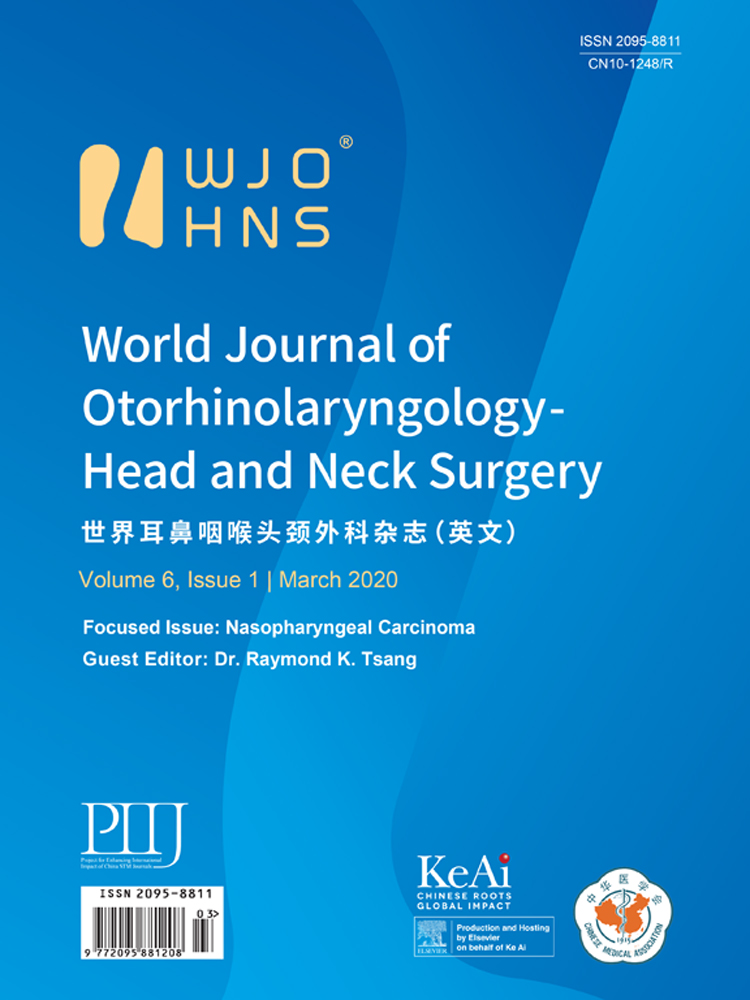An assessment of racial differences in epidemiological, clinical and psychosocial factors among head and neck cancer patients at the time of surgery
Abstract
Objective
Racial disparities have been well characterized and African American (AA) patients have 30% lower 5-year survival rates than European Americans (EAs) for head and neck squamous carcinoma (HNSCC). This poorer survival can be attributed to a myriad of different factors. The purpose of this study was to characterize AA-EA similarities and differences in sociodemographic, lifestyle, clinical, and psychosocial characteristics in HNSCC patients near the time of surgery.
Methods
Setting: Single tertiary care center. Participants: Thirty-nine newly diagnosed, untreated HNSCC patients (n = 24 EAs,n = 15 AAs) who were to undergo surgery were recruited. Study Design: Cross-sectional study Sociodemographic, lifestyle factors, and disease factors (cancer site, AJCC clinical and pathologic stage, and HPV status)were assessed. Risk factors, leisure time, quality of life and social support were also assessed using validated questionnaires. Exposures: EA and AA patients were similar in the majority of sociodemographic factors assessed. AAs had a higher trend toward pathologically later stage disease compared to EAs and significantly increased time to treatment.
Results
EA and AA patients were similar in the majority of sociodemographic factors assessed. AAs had a higher trend toward pathologically later stage disease compared to EAs. AAs also had significantly increased time to treatment (P = 0.05). The majority of AA patients (62%) had later stage pathologic disease. AA were less likely to complete high school or college (P = 0.01) than their EA counterparts. Additionally, AAs were more likely to report having a gap in health insurance during the past decade (37% vs. 15%).
Conclusions
This preliminary study demonstrates a similar profile of demographics, clinical and psychosocial characteristics preoperatively for AAs and EAs. Key differences were AAs tending to have later pathologic stage disease, educational status, delays in treatment initiation, and gaps in health insurance.
Declaration of Competing Interest
None.




